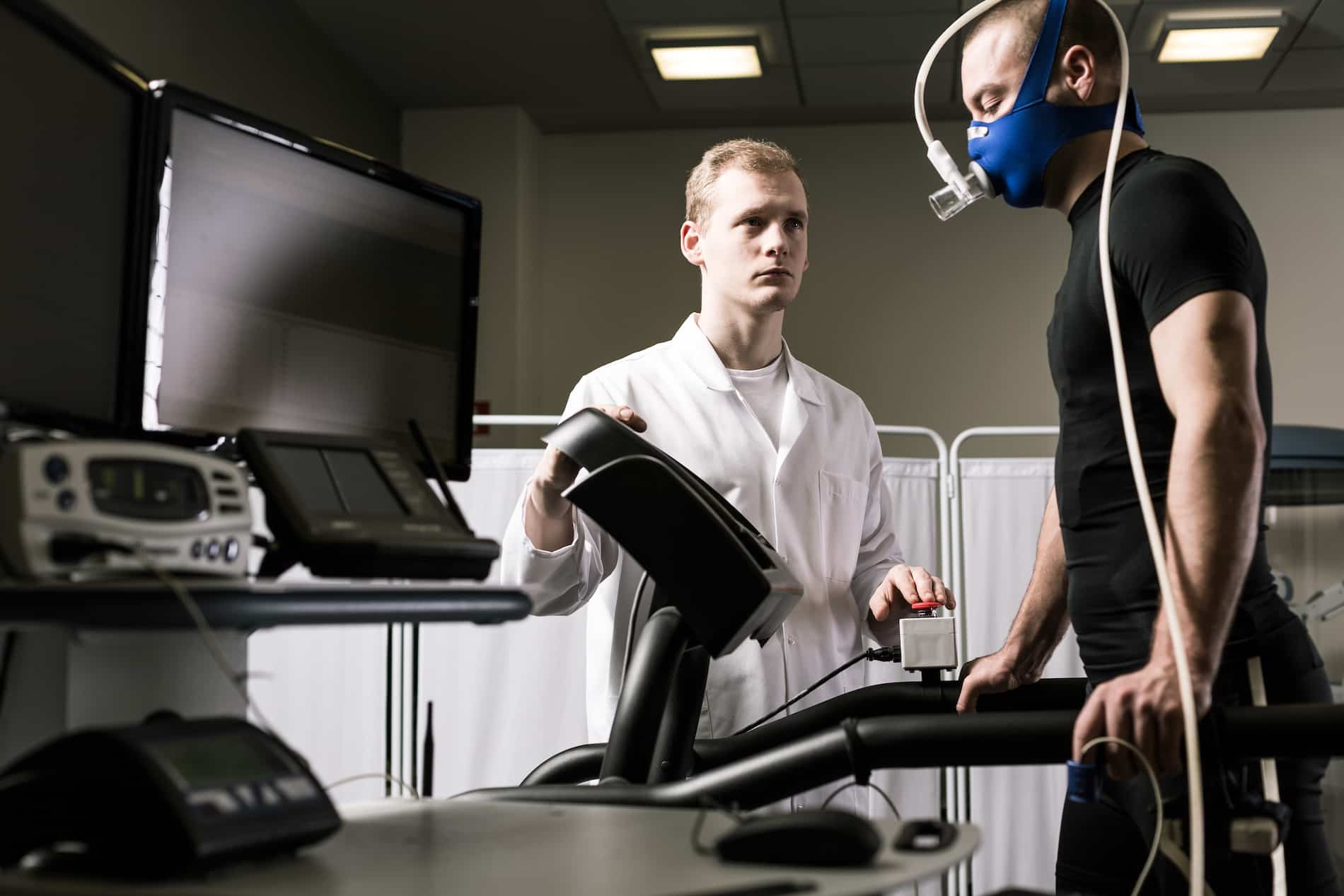INTRODUCTION
With my endurance athletes, particularly U23 and seniors, I am frequently asked about Lactate based training. Whilst for coaches, this is nothing new, the popularity of wearable devices has certainly socialised the term to the extent it is now commonly used although not necessarily well understood! As a consequence, I thought I would take a crack at setting out some of the basics. Some of this might feel a little like ‘back to school’ but I’m afraid there is genuine science ahead.
BACKGROUND
Recently, several studies have been conducted to investigate the genuine relationship between blood lactate evaluation and endurance training. You’ll recall that the body produces lactate during exercises and in general metabolism. The concentration of lactate varies depending on a number of different factors. For instance, during rest, the lactate concentration is estimated to range from about 1-2 mmol/L. However, during intense training, the concentration can exceed 20 mmol/L. The lactate levels in blood determine biochemical events such as fatigue and how tired you end up feeling. There are various reasons why it is important to evaluate lactate levels. Some of the reasons include the determination of tolerance or sustainable threshold. This is where we start to get into the realms of terms used by the likes of Garmin and Coros. I’d normally recommend the evaluation of training intensity to determine tolerance and threshold with a view to improving performance among endurance athletes. Remember, often, an athlete’s heart rate, power, and speed are determined by lactate levels, making the assessment a critical part of their performance. So… let’s look at some of the terms in a little more detail.
LACTATE THRESHOLD
So to the short, sharp version… lactate threshold (LT) or anaerobic threshold is the shortest time an individual can execute aerobic training without fatigue. The body produces and removes lactate levels in blood in balance during rest. Body organs like the heart, the liver, and muscles use lactate to carry out their functions during this time. However, during intense exercises, the body produces more lactate than it can remove! Therefore, the lactate threshold is reached when lactate concentration in the blood increases faster than the body can absorb it. According to research, the lactate threshold can be manifested by reducing pH levels. The drop in pH levels leads to fatigue due to reduced muscle contraction and, consequently, reduction in performance. However, some athletes can train for longer periods while maintaining the optimal lactate levels in their blood.
The ability to maintain an optimum lactate level concentration is called maximal lactate steady state (MLSS). Therefore, athletes with a higher lactate threshold can execute high-intensity training for a longer period without getting fatigued. Because of this, we’d normally use lactate threshold to help predict an athlete’s performance, especially in endurance sports. Endurance athletes or elite athletes can condition their bodies to respond to lactate differently by engaging in physical activities that increase their lactate threshold… this is why its become poplar with wearable users since it makes a little easier to get a sensible estimate as to what going on with your own threshold. But what other ways exist to measure this beyond estimation by wearables?
MEASURING LACTATE THRESHOLD
There are a number of different ways through which an athlete can determine their lactate threshold. However, in this short post, I am focusing on the most common ways of determining lactate threshold.
BLOOD TESTING
This method involves taking blood samples at intervals when training or exercising. Sounds gruesome but it’s actually done via pin prick sampling. A blood test is the most accurate method yet very expensive since the testing is normally done at a laboratory equipped with the relevant, making it hard for the general public. During a blood test, the athlete must exercise on a stationary bike or a treadmill at increasing intensity until they are exhausted. During the exercise, blood samples are collected at specific intervals. The collected samples are then measured and the results determined, which indicate lactate levels during given intervals. Now… semi lab based kit and electronic testing have become more popular. Still quite expensive, it is an accurate method of measurement and very much recommended to ensure you are training with accurate data. We offer this to club members on the basis of their training needs and can safely measure blood lactate at the track itself.
HOME TESTING & WEARABLES
Several tests can be carried out at home to measure lactate levels. These home tests are much cheaper and less sophisticated than the blood test. One of the methods highly recommended is the 30-minute test. It generates relatively accurate results and does not require special equipment. The test starts with a warm-up. The athlete then runs on a track at the fastest possible pace. The heart rate reading should be taken 10 minutes after the start of the exercise and after the end of the exercise. The lactate threshold is then determined by adding the two recorded heart rates. This is essentially the way the wearables work… they use an algorithm to calculate the measure.
SO… WHY BOTHER INCREASING LACTATE THRESHOLD?
There are numerous advantages to increasing the lactate threshold. For endurance athletes, a higher lactate threshold is proven to be associated with higher performance. Therefore, it is important to track and assess one’s lactate threshold to determine the baseline and develop a plan to increase the threshold. Some of the common strategies for increasing lactate threshold include:
TRAINING
Lactate threshold training is of great significance to athletes. This is because the training aims to increase the intensity of the exercise to the extent that the athlete can perform at their optimum level or above their lactate threshold. Training can either be continuous training or interval training. I’d typically suggest finding a balance between the two to achieve your performance goals. However, for the training to be effective, athletes must practice goal setting where they come up with challenging but achievable goals. Further, the training should be guided by one’s fitness levels and this is where your coach can help.
To measure the success of the training, athletes are required to keep track of their progress and carry out tests after a certain duration. If the training is not effective, the athlete can choose to adjust the exercise’s intensity, time, or frequency.
RECOVERY
Allowing sufficient time for muscles to heal is critical to an athlete’s performance. Failure to have rest days may affect the performance or even cause injury. Rest days are days when an athlete takes a break from active training. Other activities boost recovery, like an ice bath, sports massage (manual or via foam rolling and percussion gun massagers), or stretching. Sleep is equally important during training and recovery as well.
NUTRITION
Nutrition plays a significant role in boosting the lactate threshold. Further, it also plays a big role in the performance and recovery of the athletes. Endurance activities consume a lot of energy, and the only way to have ensure you do not run out of energy may require the athlete to have a proper nutritional plan
Want to know more about testing or lactate based training? Book a session with your coach… remember this is what we are here to help with. We will be introducing this to members in the summer after we have built athlete profiles and understood training goals.
If you have a subject you’d like to know more about and are a member at the Beagles, then get in touch and let us have some background and we’ll see what we can do to help you make sense of it.
References and further reading.
Aagaard P, Andersen JL. Effects of strength training on endurance capacity in top-level endurance athletes. Scand J Med Sci Sports. 2010;20 Suppl 2:39-47.
Burke LM. Ketogenic low‐CHO, high‐fat diet: the future of elite endurance sport?. J Physiol. 2021;599(3):819-843.
Jakobsson J, Malm C. Maximal lactate steady state and lactate thresholds in the cross-country skiing sub-technique double poling. Int J Exerc Sci. 2019;12(2):57-68.
Messias LH, Polisel EE, Manchado-Gobatto FB. Advances of the reverse lactate threshold test: Non-invasive proposal based on heart rate and effect of previous cycling experience. PloS one. 2018 Mar 13;13(3)
Dominguez R, Maté-Muñoz JL, Serra-Paya N, Garnacho-Castaño MV. Lactate threshold as a measure of aerobic metabolism in resistance exercise. International Journal of Sports Medicine. 2018 Feb;39(03):163-72.



